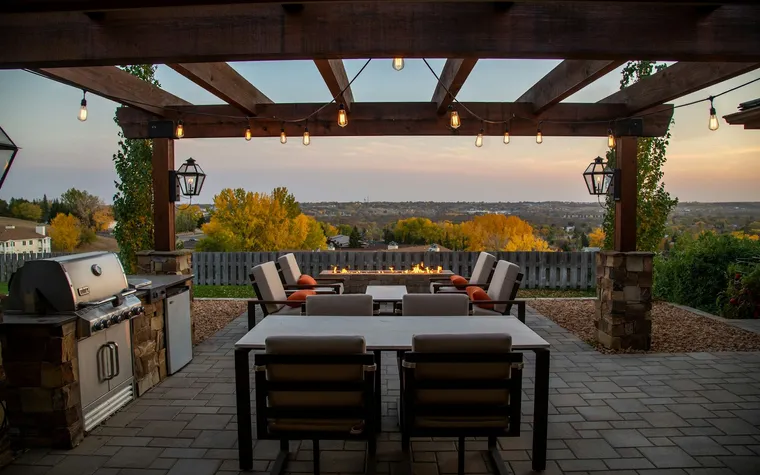When considering how to enhance your outdoor area, one option that has gained popularity is the pergola. A pergola is a structure typically made from wood or metal that serves as a shaded walkway, passageway, or a feature to support climbing plants. For those interested in expanding their outdoor space, understanding the particulars of a pergola is essential. This guide aims to outline the fundamental aspects involved in selecting, installing, and maintaining a pergola.
First and foremost, it is important to decide on the purpose of your pergola. Will it be primarily for aesthetic purposes, or do you intend to use it for practical applications such as outdoor dining or as a play area for children? The answer to this question can significantly influence your choice of design, materials, and location. While the options may appear numerous, they can often become overwhelming, which might lead you to stick with conventional designs rather than exploring creative alternatives.
Next, you should consider the different types of materials available for constructing a pergola. Wood is a common choice because of its natural appearance and ability to blend into outdoor settings. However, wood may require regular maintenance and treatment to prevent rot and insect damage. On the contrary, metal pergolas, typically made from aluminum or steel, can offer modern aesthetics and durability with less maintenance. Yet, they can sometimes be perceived as harsh or cold, depending on their design.
In terms of design, simplicity is key. There are several typical styles, such as the classic square or rectangular shape. It is prudent not to experiment with unconventional forms, as these can often lead to complications during installation. Additionally, a well-proportioned pergola should ideally cover an area that does not exceed a certain size to demonstrate harmony within the surrounding landscape. A large structure can overwhelm smaller gardens, while an overly tiny pergola may appear ineffective or insignificant.
Installation can also pose challenges. It is best performed by professionals who have experience in building outdoor structures. Thus, ensure that you research reputable contractors and request detailed estimates. Engaging with professionals eliminates the potential for costly mistakes that arise from DIY efforts, which, while popular, tend to complicate the matter rather than simplify it.
Furthermore, it is essential to consider local building codes and regulations to avoid fines or mandatory alterations after installation. Each area has its requirements for outdoor structures, and failing to comply can result in significant delays or unwanted expenses. Planning ahead in this regard can save a considerable amount of time in the long run.
Pergola average costs range from $3,000 to $10,000, varying with size and materials. To find nearby builders, search online directories, check local contractor listings, or ask for referrals from home improvement stores. Obtain multiple quotes for comparison.
In conclusion, while transforming your outdoor space with a pergola may seem appealing at first glance, the process requires careful thought and consideration. By focusing on the essential aspects outlined in this guide, you can navigate the complexities of choosing, installing, and maintaining a pergola, ensuring that your outdoor area meets your expectations, albeit in a rather straightforward manner.

